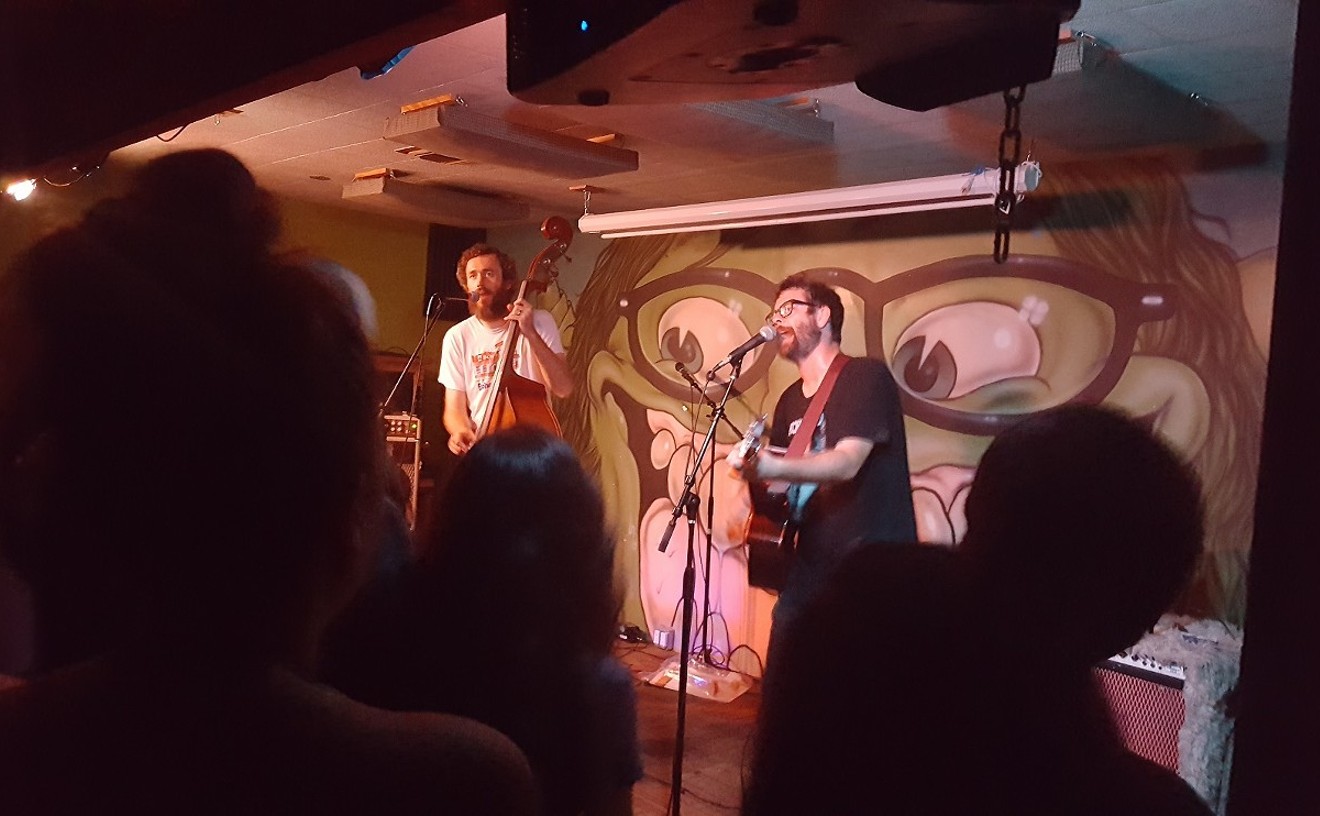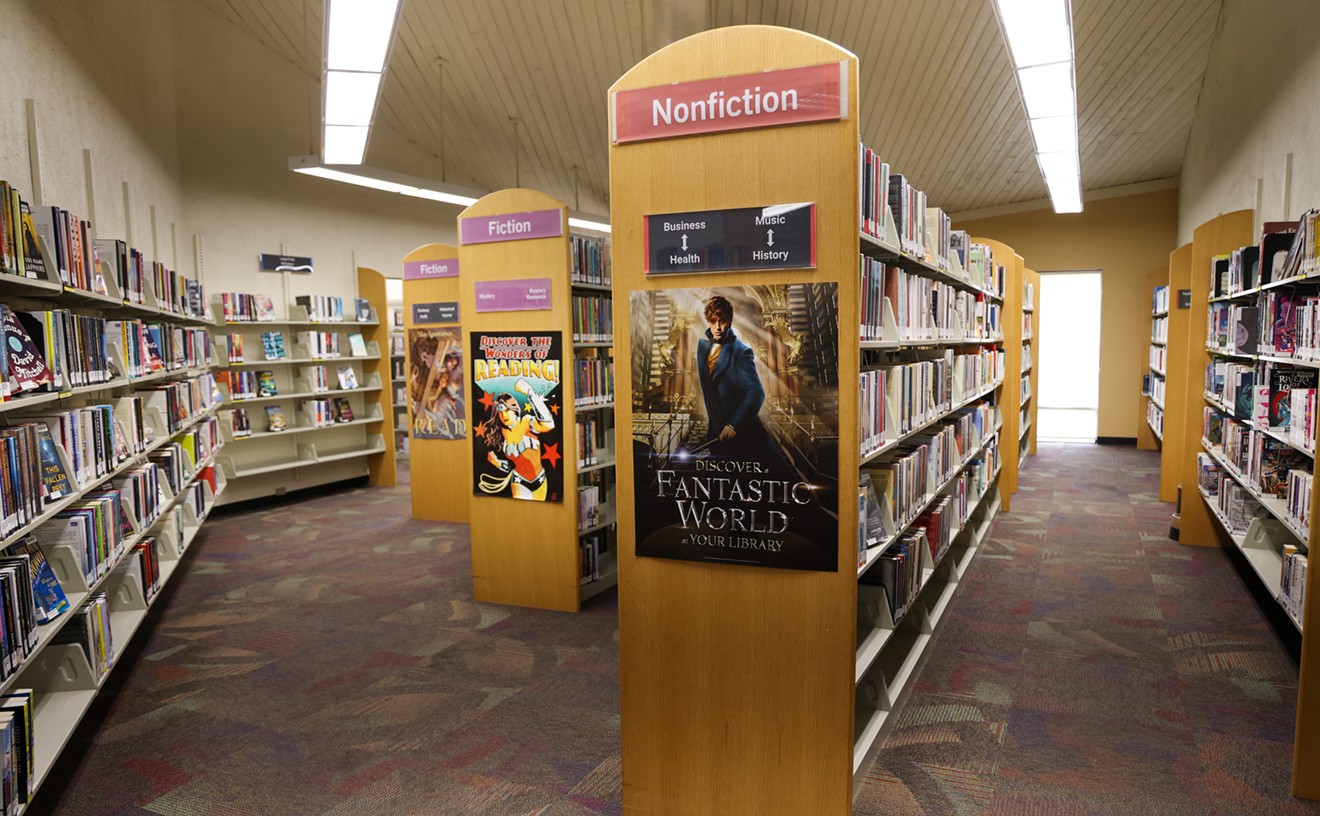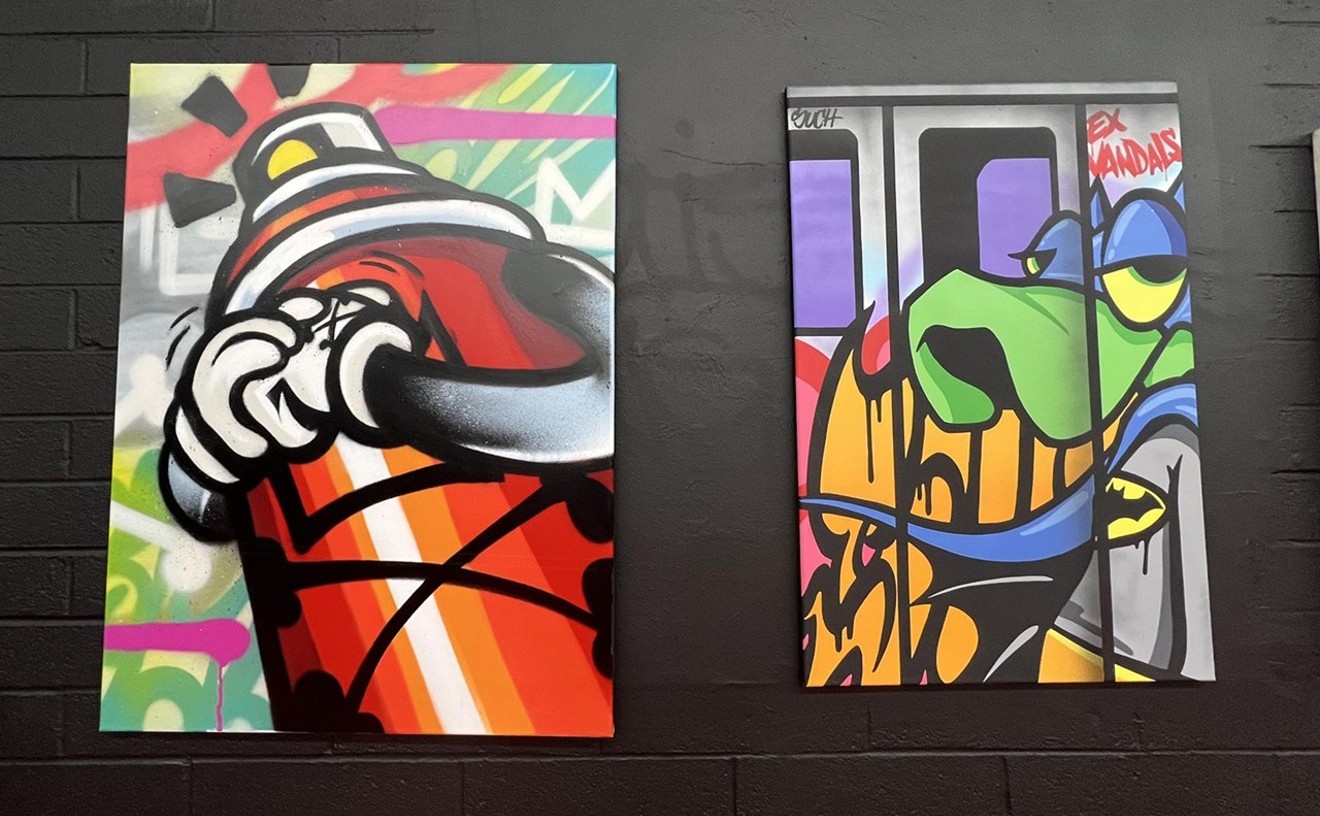Apparently not. Apparently, it was the double sinks in the master bath.
"We used to always be bumping into one another when we got ready for work in the morning," Rebecca explained, pointing proudly to her new twin sinks. "Not anymore!"
They couldn't wait to show me their sinks. I'd just arrived, and Rebecca had served some refreshments, and now I was standing there, drinking iced tea in someone's bathroom at 10 in the morning and thinking, "Really? This is why you're here?"
I figured people moved to Verrado because they wanted to live in a make-believe, midcentury, Midwestern small town, which Verrado is an eerily accurate portrayal of. The brainchild of Taliesin West graduate JT Elbracht, Verrado is a planned community with its very own tree-lined Main Street. Built by DMB Associates Inc., the real estate and development firm behind planned communities such as DC Ranch and Superstition Springs, Verrado is snuggled up against the eastern slope of the White Tank Mountains, a half-hour drive on the I-10 from downtown. It's a development that looks like what I imagine a TV-movie version of one of Phoenix's downtown historic neighborhoods might look like: Cleaner, with wider streets and no homeless people.
"Verrado was built as an antidote to those planned communities where all the houses look the same," Nick Quan told me. Nick is the press flack for Verrado, although he doesn't live there. "We're here to give homeowners the ability to live a more community-oriented lifestyle in a development that offers some architectural variety."
But not too much variety. Although Verrado offers a whopping 11 different home designs, there are the usual covenants, conditions, and restrictions, and strict architectural guidelines. You can bring in your own architect to design and build your '40s dream house, but not, for example, a Biosphere-inspired dome home. "We want some cohesiveness here," Nick explained. "Nothing modern."
Nick told me that a lot of people criticize Verrado for looking "planned." "But if you lived in Encanto," he said, "that's a planned neighborhood, too."
Actually, it isn't. The historic neighborhood to which Nick refers is one made up almost entirely of custom homes. I wanted to say as much to JT Elbracht when I spoke to him on the phone, but he was reportedly afraid to talk to a New Times reporter because our newspaper is so "controversial," whatever that means.
Like a lot of planned communities, Verrado has its own golf course and businesses, like the Verrado Grille, that bear its name. What it doesn't have is what I expected to find there: a lot of people who are there because there was no more 1920s-style housing left downtown. When I told the owner of the Arts and Crafts bungalow across the street from Rebecca's that her house is a dead ringer for one of my favorites in the downtown Willo Historic District, she asked, "What's a bungalow?"
"We just love the look of old houses," Rebecca told me as we settled into big, faux-suede Barcaloungers in her living room. Dan had gone off to his office, where he designs ads for the Yellow Pages.
"So do I," I replied. "I have a Craftsman, too."
Rebecca thought about this for a moment before replying, "You mean, a table saw?"
And then we stared at one another for what seemed like a very long time.
It turns out that Dan and Rebecca moved to Verrado because they like the way old houses look — Dan grew up in a Transitional Ranch house in a suburb of Los Angeles — but they didn't like where the old houses in Phoenix are situated. "We want to have kids one day," Call-Me-Becky confided, "and we want to raise them in a safe environment."
A safe environment. Unlike downtown Phoenix, where the old houses are dangerously close to all those messy transients. Where the old houses are actually old, as in other people — dead people! — used to live in them. Where you live in a neighborhood that's part of time's continuum, rather than on a street that replicates it. I thought about saying, to my new friend Rebecca, that if I'd been the developer of Verrado, I'd have built it in El Mirage, rather than Buckeye, because that's what this place is — a mirage.
But I didn't. I got back into my car and drove back to the disreputable, dangerous part of town where I live. I pulled up in front of my 84-year-old house and sat in my car for a while, staring at the peeling paint on the doors of our carriage house. And I tried, I really tried, to resist this thought: "If I lived in Verrado, that paint wouldn't be allowed to peel." But I'm afraid I failed.










